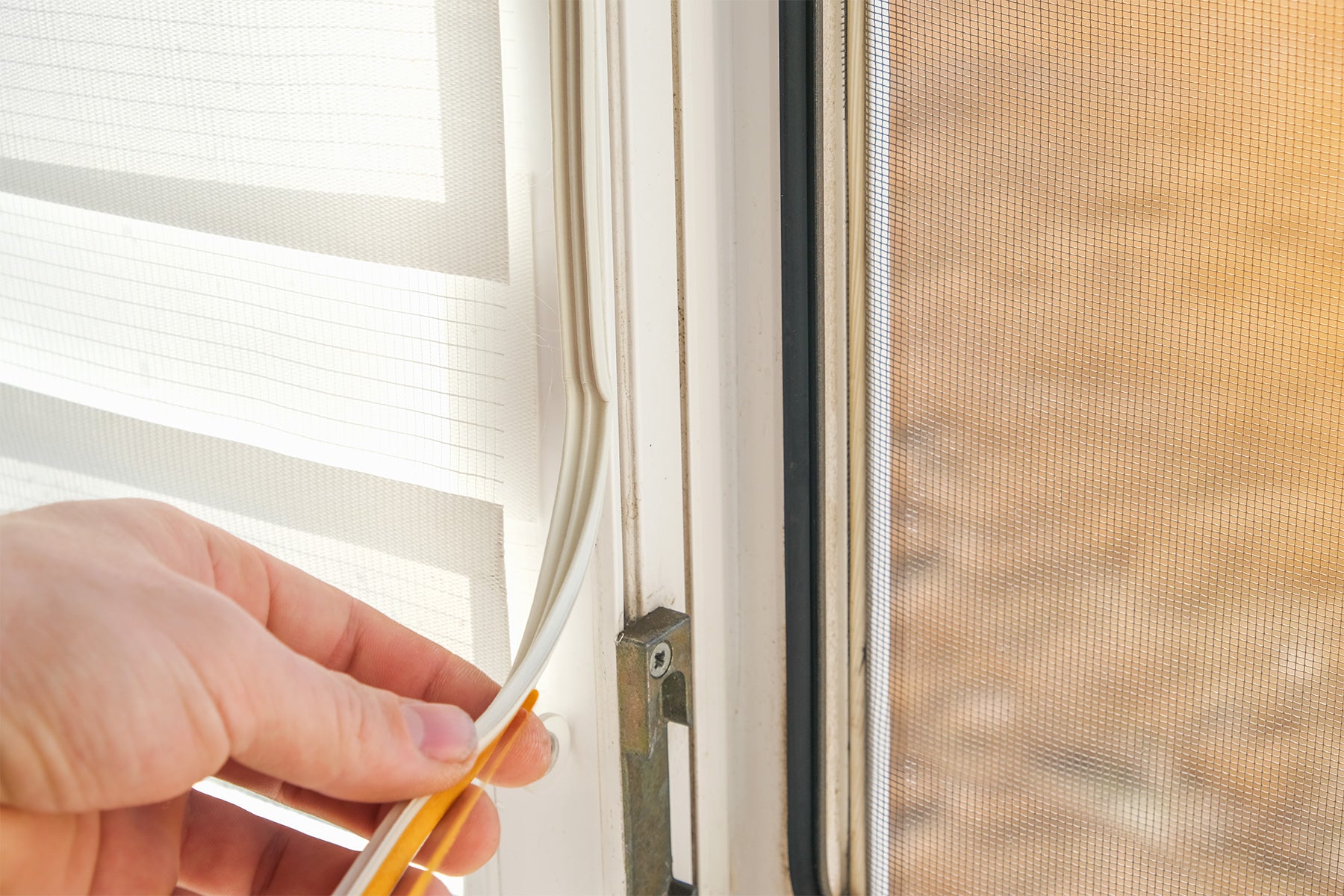
How to insulate your Doors
Leader Online Help & Advice Centre
How to insulate your Doors Guide:
Keeping heat in the home can be a constant battle, with multiple areas of your home allowing heat to escape. Making sure that your external doors are draught-proofed can help to save you a lot on your heating bill by keeping the heat in and the cold out. There are four key areas to consider when insulting your home via your doors:
-
1. Keyhole
It may seem like a small space, but plenty of heat can be lost through the keyhole. You can buy a purpose-made escutcheon with a fitted cover that simply drops a metal disc over the keyhole, temporarily blocking it and ensuring that heat isn’t lost.
-
2. Letterbox
Your letterbox can cause plenty of problems for your heating bill if it’s not fitted with a letterbox flap. Most letterboxes come with a flap as standard, but this can still let the cold in and the heat out - especially in windy conditions. We recommend installing a letterbox brush to reduce the risk of the letterbox flaps moving in the wind and letting heat out of your home.
-
3. Gap Between Door & Floor
A small gap between your external doors and the floor can be quite common, but easily resolved. Simply install a brush strip draught excluder to the bottom of the door to reduce the heat escaping from your home.
-
4. Gap Between Door & Doorframe
Another common cause of heat-loss in the home, gaps around the edges of your door can be filled with a number of simple solutions such as fit foam, brush strip draught excluder or wiper strips, commonly found on windows.
Keep your internal doors closed wherever possible to prevent cold air from moving through the rest of the house. They shouldn’t need draught-proofing if they link two heated rooms as you don’t lose energy when warm air circulates, but if an internal door leads to a non-heated room such as a kitchen or an unused spare room. Pay attention to the gap between the door and the floor, if there’s a significant gap you should block it with a draught excluder.





